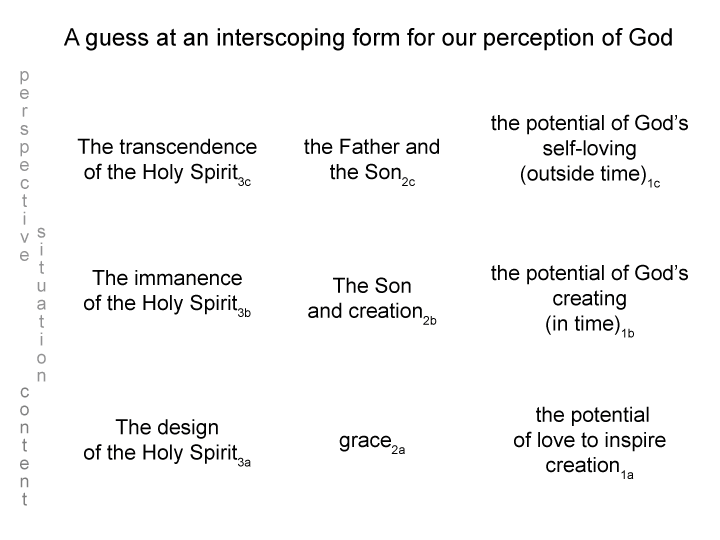Man and Sin by Piet Schoonenberg (1964) 2.2 CB-1
Summary of text [comment] page 75
Not all acts by sinners are sins. Similarly, not all acts by the justified are virtuous. There is a divine orientation that provides a coordinate system. Perhaps, the word ‘ordination’ applies. That divine ordination may be seen in nature itself.
‘Good without grace’ consists of acts without apparent direction from ‘the divine ordination in nature’ that arises in ‘God Recognizing Himself in Love’.
This good does not derive from the divine virtue of Love, but it disposes one to the reception of love.

